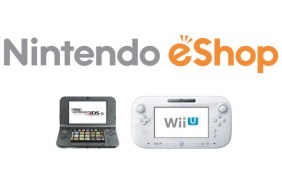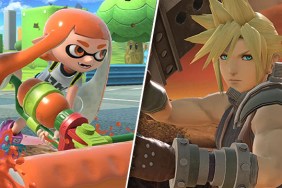2016 wasn't a great year for the Wii U. Not only was its software support considered lackluster compared to the competition, but it didn't sell well under any circumstances. Nintendo would halt production of the console after only four years of production.
For owners of the Wii U, what's already available on the device is just about as far as its reach will go. Well, except for one more title releasing in March.
Reggie Fils-Aime confirmed to Polygon that The Legend of Zelda: Breath of the Wild will be the last first-party game to hit the Wii U. This effectively ends support for the console when the Switch arrives on March 3rd.
The only title coming to Wii U between now and March 3rd is Brick Race, a $1.49 title. The system's poor third-party support is a big reason for this.
Nintendo hopes to convert Wii U fans into the Switch's install base by pushing hard for a stronger software line-up, made easier by its merging of Nintendo's home and handheld ecosystems. It will also make improvements to online functionality, although it'll come at a cost.
The Wii U is said to have sold 13.36 million units to-date. Many blame its name and pricing as the two biggest factors for its poor performance, with software playing as a big factor for its low use rate among owners.
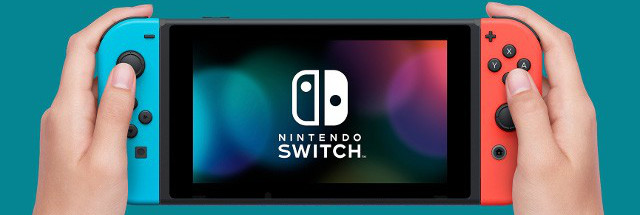
Check Out More Nintendo Switch Coverage On GameRevolution:
- Should You Sell Your Wii U?
- The Unknowns of the Switch
- Complete List of Switch Games
- Switch Is Bringing Back Motion Controls
- A Look At the Switch's Smartphone Integration
- 5 Things We Learned About Super Mario Odyssey
5 Things About The Nintendo Switch That Shouldn't Make You Panic
-
5 Things About The Nintendo Switch That Shouldn\'t Make You Panic
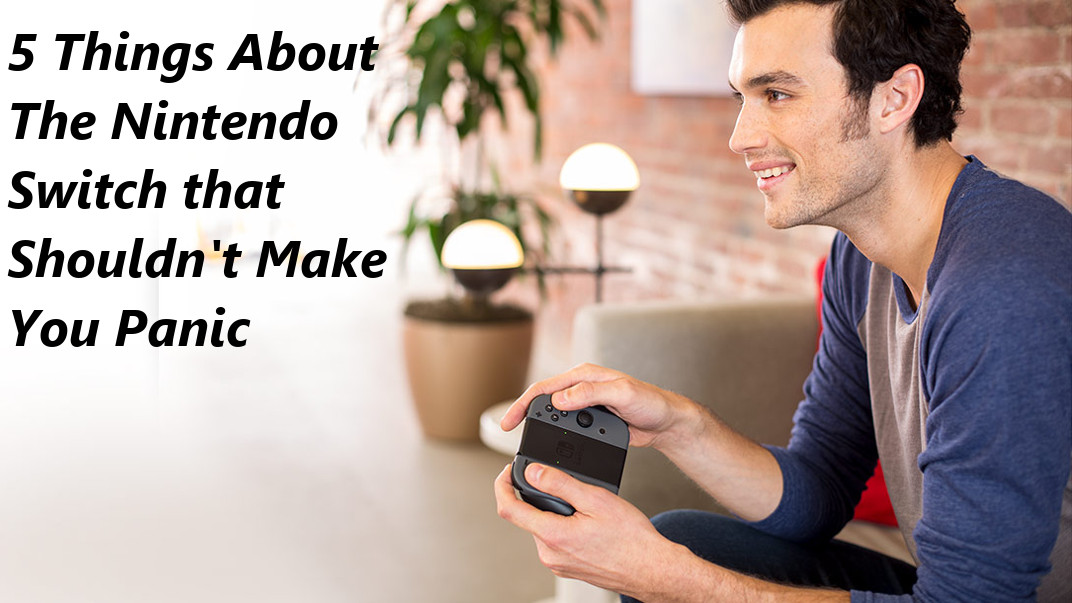
-
Motion Controls
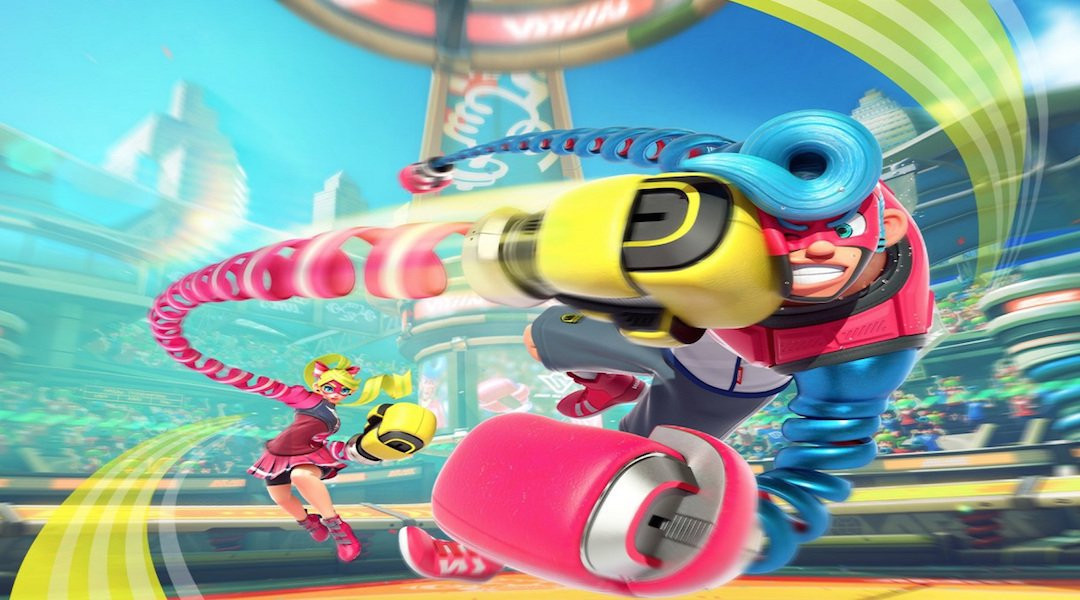
Many people (let’s call them “haters”) were upset that Nintendo continues to pursue motion-based controls with the Switch. While I wasn’t the biggest fan of how Nintendo revealed and dwelled on this aspect (showing how a JoyCon controller could feel like a glass with ice cubes in it isn’t exactly a console-seller), I don’t think that’s enough reason to write off motion controls entirely.
rn
rnFor all the Wii U’s failings, it had some truly great games, and many of them adequately made use of motion-based controls. It’s a gimmick, but gimmick does not automatically mean bad, and the use of motion controls doesn’t spell panic for me, just yet.
rn
rnAnd, many games, such as ARMS, will not require the use of motion controls, anyhow. So, if you don't like it, don't use it. -
Joy Con Charging Grip
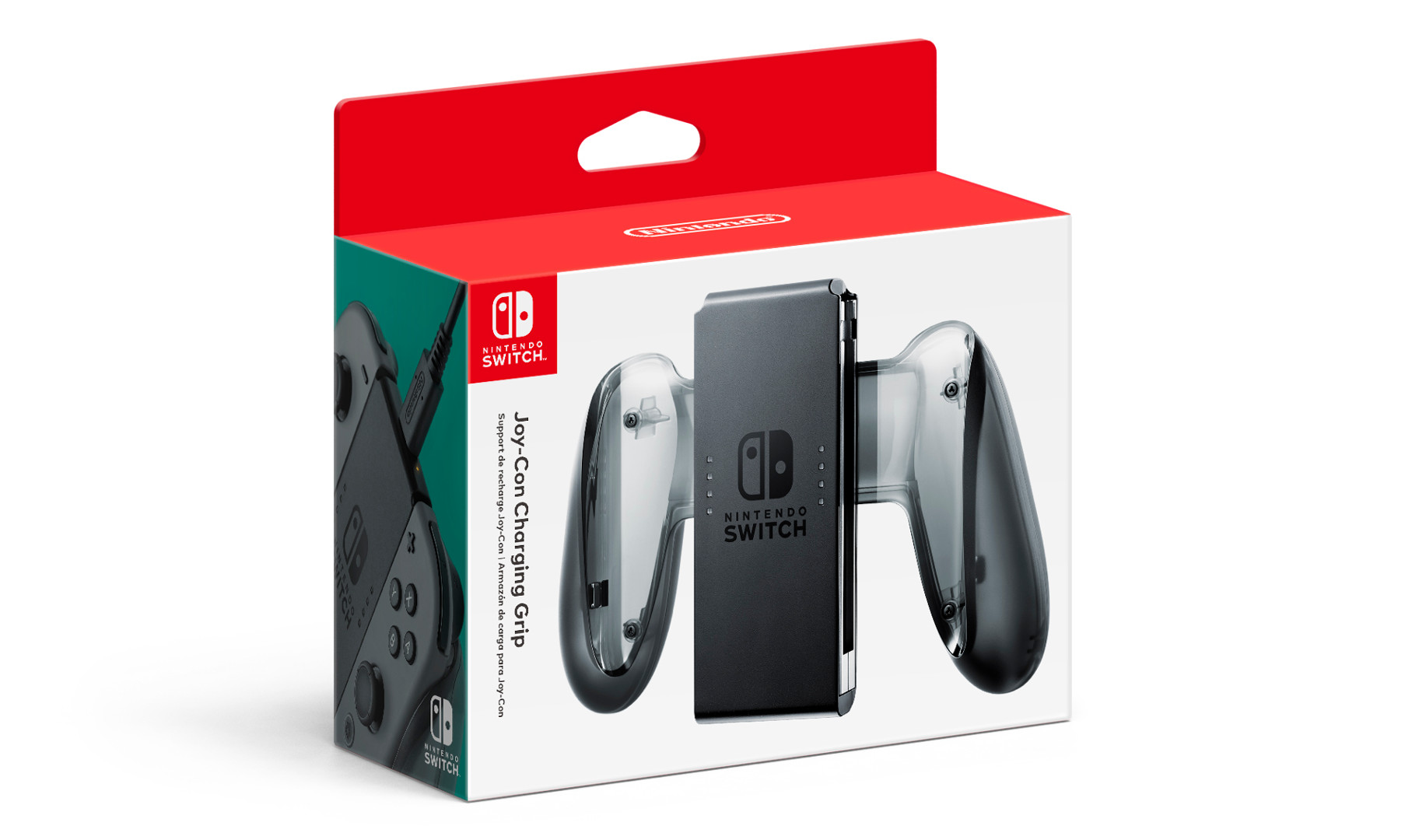
A lot of headlines are being made right now about the Joy Con charging grip, a $28 accessory that charges your JoyCon controllers. The JoyCon grip that comes with the console does not charge the JoyCon controllers. Obviously, the prospect of having to pay upwards of $30 extra just to be able to charge the very things I need to use the console in any capacity should be concerning. So why aren’t we concerned?
rn
rnGameRevolution saw this story very early on, before it was being widely reported, and we weren’t impressed. Upon further research, the JoyCon controllers will charge when they are attached to the console itself (whenever it’s in handheld mode), and the battery life of each JoyCon has been reported as around 20 hours.
rn
rnWhile the JoyCon charging grip would be a nice accessory, it’s just that: an accessory. If Nintendo was asking that you pay extra for a necessary feature, we’d be just as upset as everyone else. -
Super Mario Odyssey
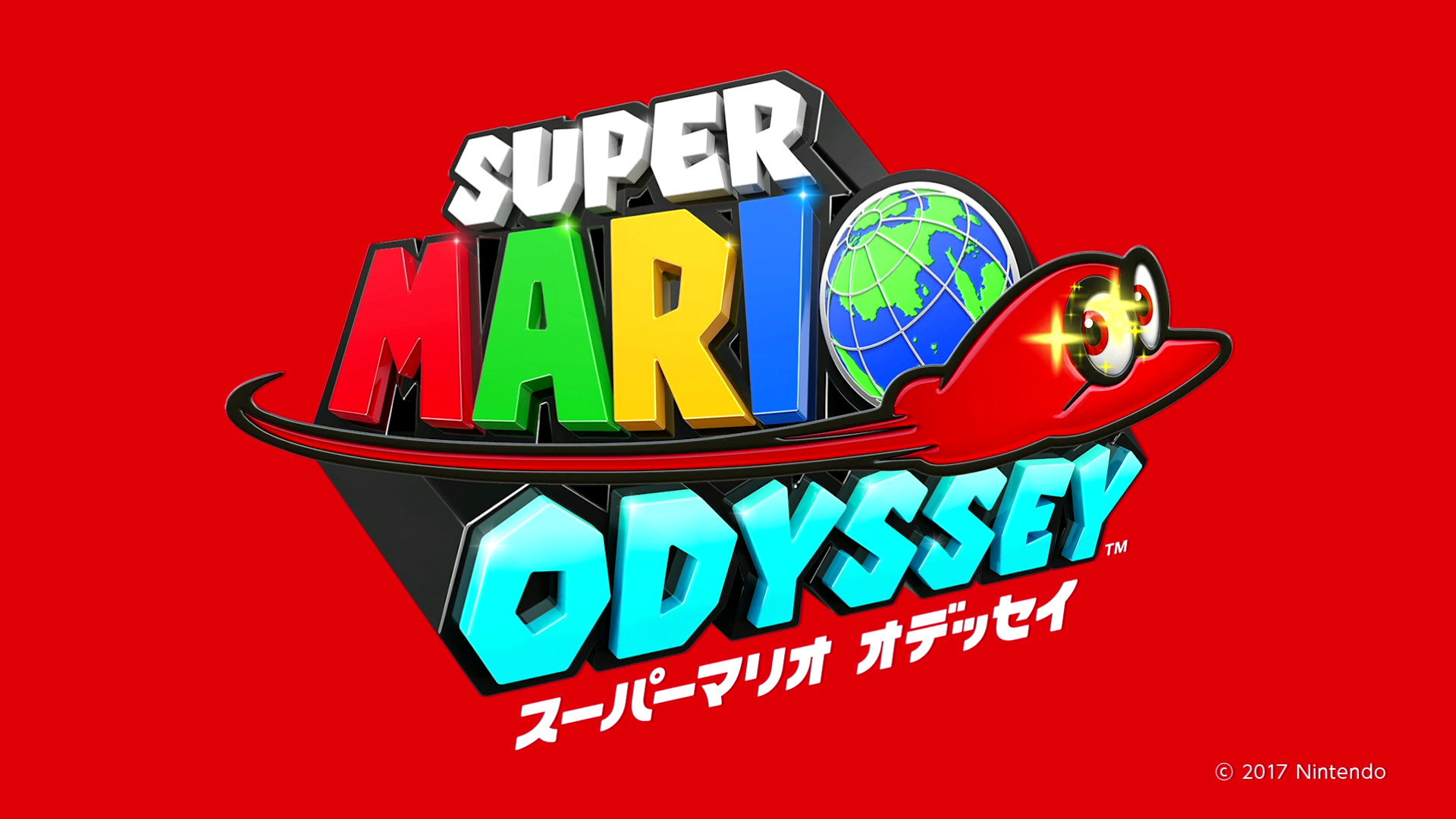
Sure, we already covered the lineup of the Nintendo Switch as a reason not to panic, but Super Mario Odyssey has been a surprising target of backlash at this point.
rn
rnThe chief complaint? “It’s just Sonic 2006!” Near as I can figure, though, the comparison is being made because they both have a city level … and that’s it. Really? I didn’t know Sonic 2006 had a patent on retro platformers in a city setting, and I certainly didn’t think that it would be so abiding that people look to it as the bastion of city-based retro platformers.
rn
rnIf I overlooked an element here, please let me know, but I am not impressed with any comparisons thus far, beyond one out of the dozen or so different levels sure to be in Super Mario Odyssey. -
Games Lineup
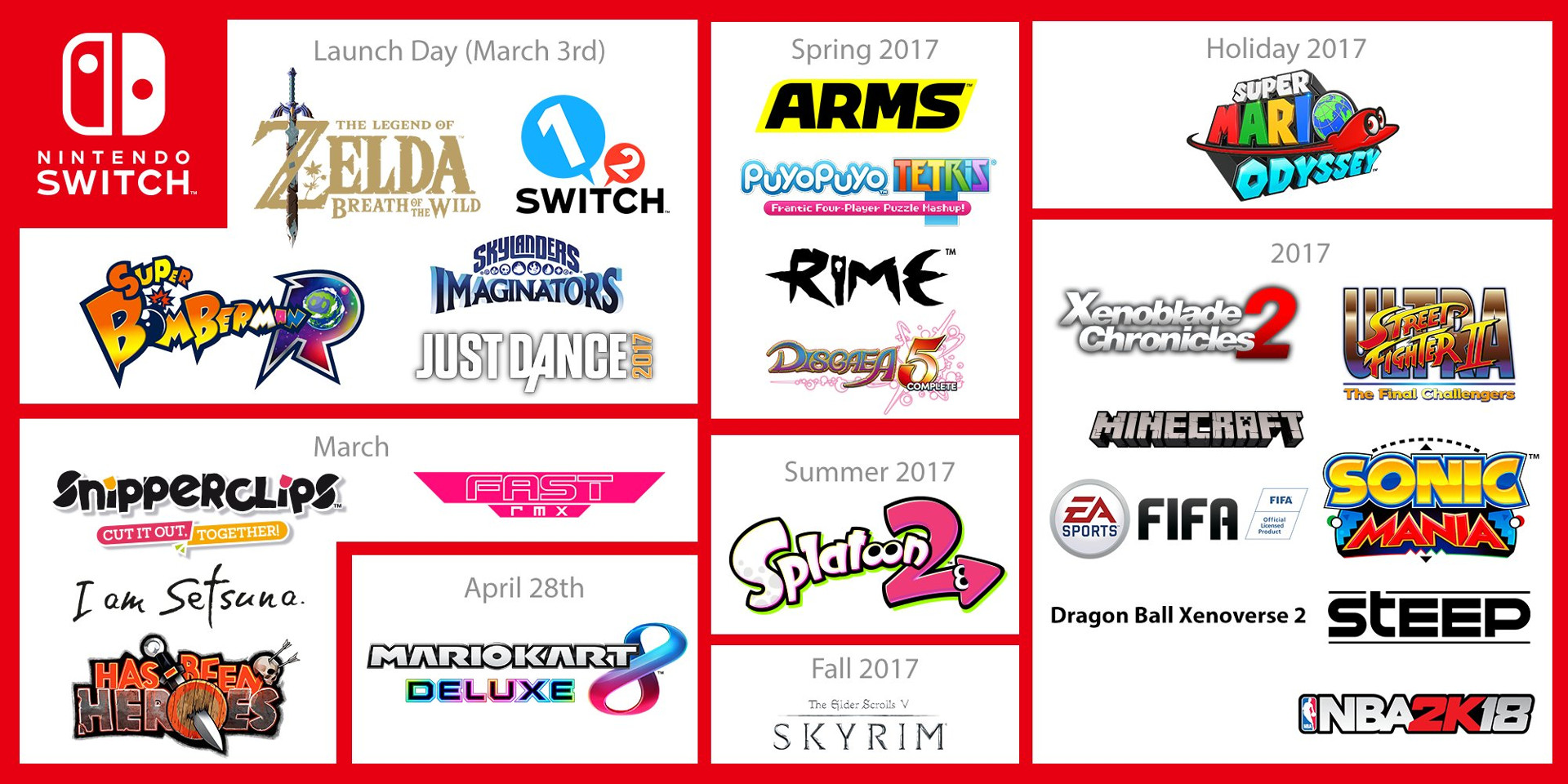
While the lack of titles specifically ready at the launch of the Nintendo Switch is concerning, the overall lineup of games announced thus far is actually rather impressive, with Shin Megami Tensei, Super Mario Odyssey, Zelda Breath of the Wild, Xenoblade Chronicles 2.
rn
rnThere’s also something to be said for spreading out your big releases to make sure you don’t flood the market immediately and leave people wanting more in the later months.
rn
rnThis is not to mention that it’s still possible that more, post-release game announcements are on the horizon, especially around the time of E3 and other like events. Give it some time (and maybe don’t pre-order it). -
Online Services (Not Yet)
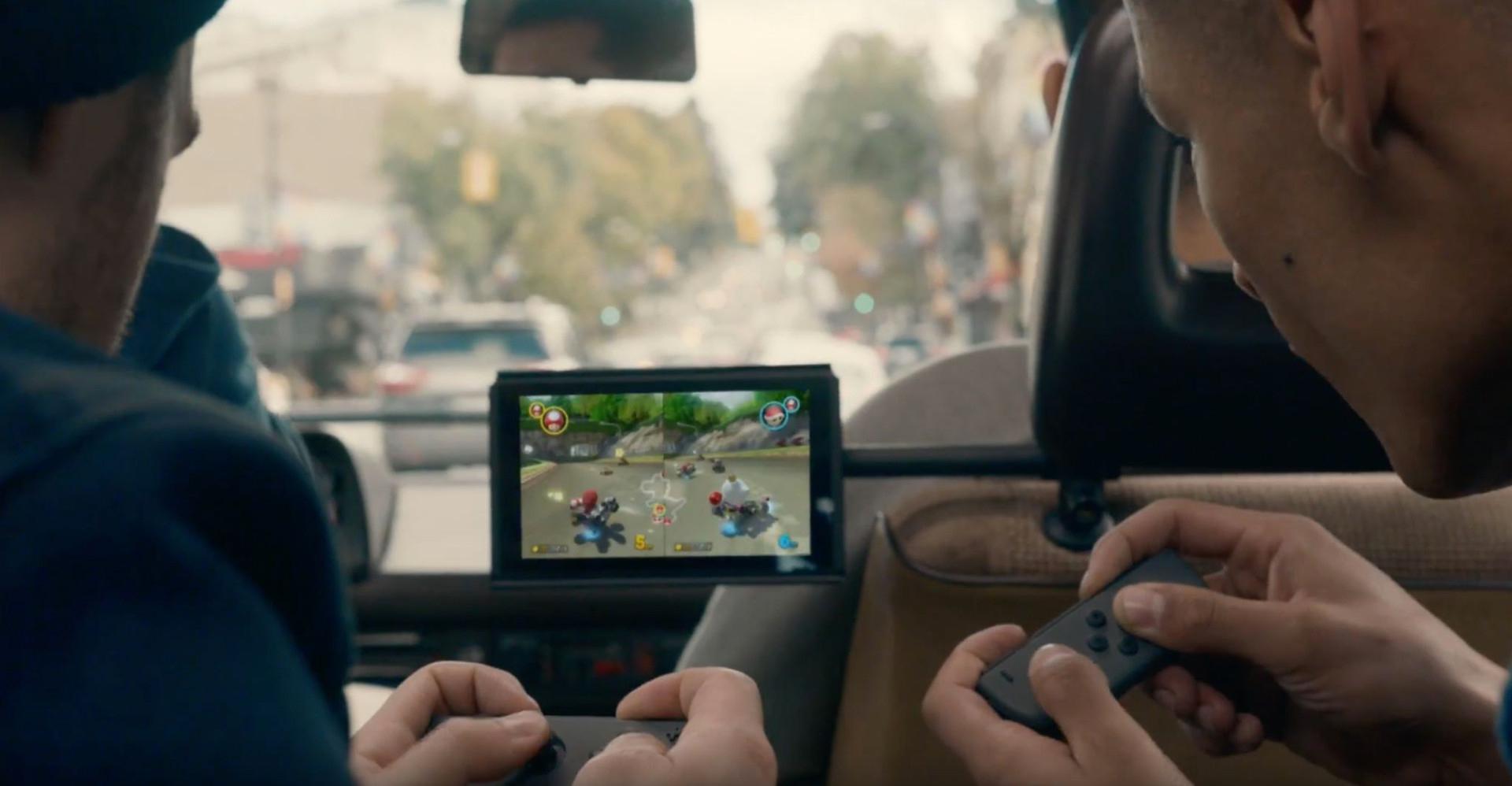
As of right now, I’m tentatively giving Nintendo the benefit of the doubt about their online services for the Nintendo Switch. In keeping with the times, the Nintendo Switch will be charging for its online services, effective Fall 2017, after a several-month-long free-trial period. But, the negative spin is that they’re charging for it at all.
rn
rnAlso, it appears the only bonus that comes along with it is one free NES game that you only get to play for a month, as opposed to PS Plus and Xbox Live Gold that lets you keep the free games they give you for as long as you keep their service.
rn
rnWhile this is rather concerning, I’m reserving judgement until we get a price for it. If it’s $50-$60 per year, like PS Plus or Xbox Live Gold, I’m out, and I will be grabbing my pitchfork like everyone else. However, if it’s somewhere in the $20-$25 per year range, that’s probably a worthwhile cost. We’ll see.
rn
rnAlso, we can’t forget that the Nintendo Switch has local multiplayer, making the idea of using its online services optional in many cases.





